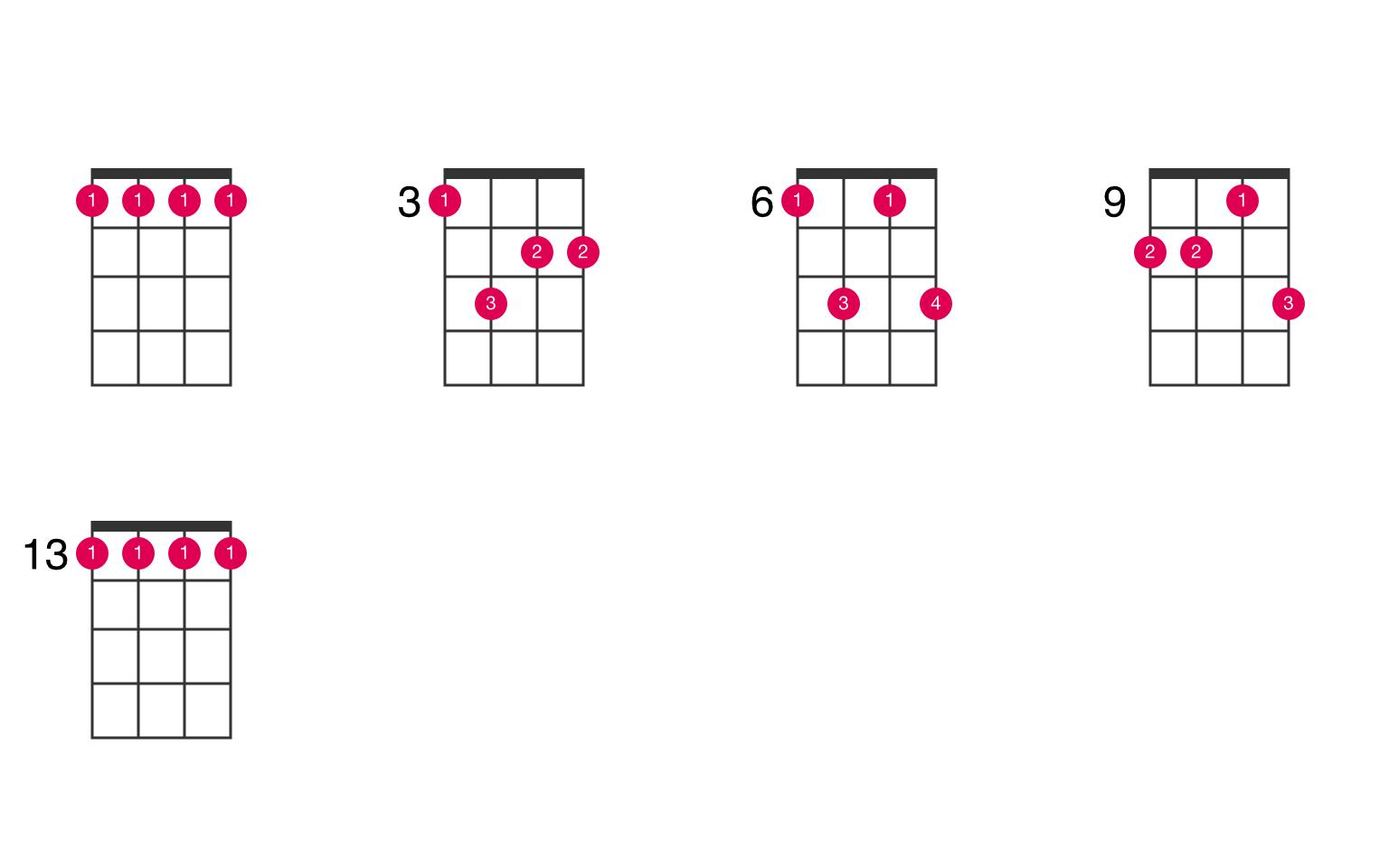
The only difference is the names of the notes.


On piano, the same keys are used to play the two scales. We will learn the notes, intervals and scale degrees of the B flat minor scale (natural, melodic and harmonic) on the piano, treble and bass clef.ī flat is an enharmonic of A sharp. We will take a look at all three of them here. The three types of minor scales are the natural, melodic and harmonic minor scales. Counting up in C minor you should have used flats, if the note had been B# you would have used sharps.In this lesson, we will learn how to play the B flat minor scale. When you counted up you switched flats and sharps and that is why you arrived at D# instead of Eb. They are spelled differently though just as is. If you spelled both these minor scales out you would be able to adjust the labels for the notes in a way that they both used the same notes. So if you had been given the note B# you should have arrived at D# like you did. So the relative minor would be called B# minor. The notes in the key of D# will contain notes which are the enharmonic equivalent to the notes in Eb.

So, in your example, The key of E flat has the following notesĪnd so the relative minor is C minor because (among other ways) you find the parallel minor by locating the sixth scale degree. Had the note you were given been B#, you would have counted up to D# and it would have worked.Īn enharmonic equivalent is when two notes are the same, that is played at the same spot, but have different names.įor example, D# and E-flat are enharmonic equivalents. You should have arrived at Eb flat major when you counted up in your head because that was the key you were in. It has to do with the idea of "Enharmonic equivalents".


 0 kommentar(er)
0 kommentar(er)
